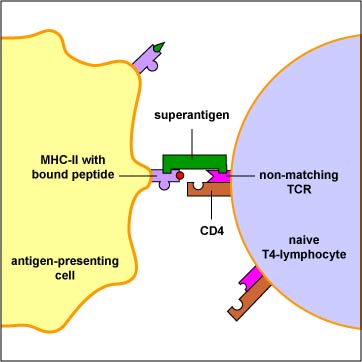The Main Principles Of Popular school resume samples - Aptus
The activated macrophages, in turn, over-produce proinflammatory cytokines such as IL-1, IL-6 and TNF-alpha. TNF-alpha is particularly crucial as a part of the body's inflammatory reaction. In typical situations it is launched locally in low levels and helps the immune system defeat pathogens. Nevertheless, when it is systemically released in the blood and in high levels (due to mass T-cell activation arising from the SAg binding), it can trigger extreme and deadly symptoms, consisting of shock and several organ failure.

The sequences of these contaminants are fairly conserved among the different subgroups. More important than series homology, the 3D structure is extremely comparable amongst various SAgs resulting in similar practical results among various groups. Crystal structures of the enterotoxins exposes that they are compact, ellipsoidal proteins sharing a characteristic two-domain folding pattern comprising an NH2-terminal barrel globular domain understood as the oligosaccharide/ oligonucleotide fold, a long -helix that diagonally covers the center of the particle, and a COOH terminal globular domain.
Binding [edit] Superantigens bind first to the MHC class II and then coordinate to the variable alpha- or beta chain of T-cell Receptors (TCR) MHC Class II [edit] SAgs show preference for the HLA-DQ type of the particle. Binding to the -chain puts the Droop in the appropriate position to coordinate to the TCR.

Unknown Facts About Allergy—A New Role for T Cell Superantigens of - MDPI
Making use of a zinc ion in binding leads to a greater affinity interaction. Several staphylococcal SAgs can cross-linking MHC molecules by binding to both the and chains. This mechanism promotes cytokine expression and release in antigen presenting cells in addition to inducing the production of costimulatory molecules that permit the cell to bind to and activate T cells better.

A given Droop can activate a big percentage of the T-cell population since the human T-cell collection comprises just about 50 kinds of V elements and some SAgs are capable of binding to multiple kinds of V areas. surviving breast cancer without chemo differs somewhat among the various groups of SAgs. Irregularity among various people in the kinds of T-cell areas that prevail describes why some individuals react more strongly to specific Droops.
